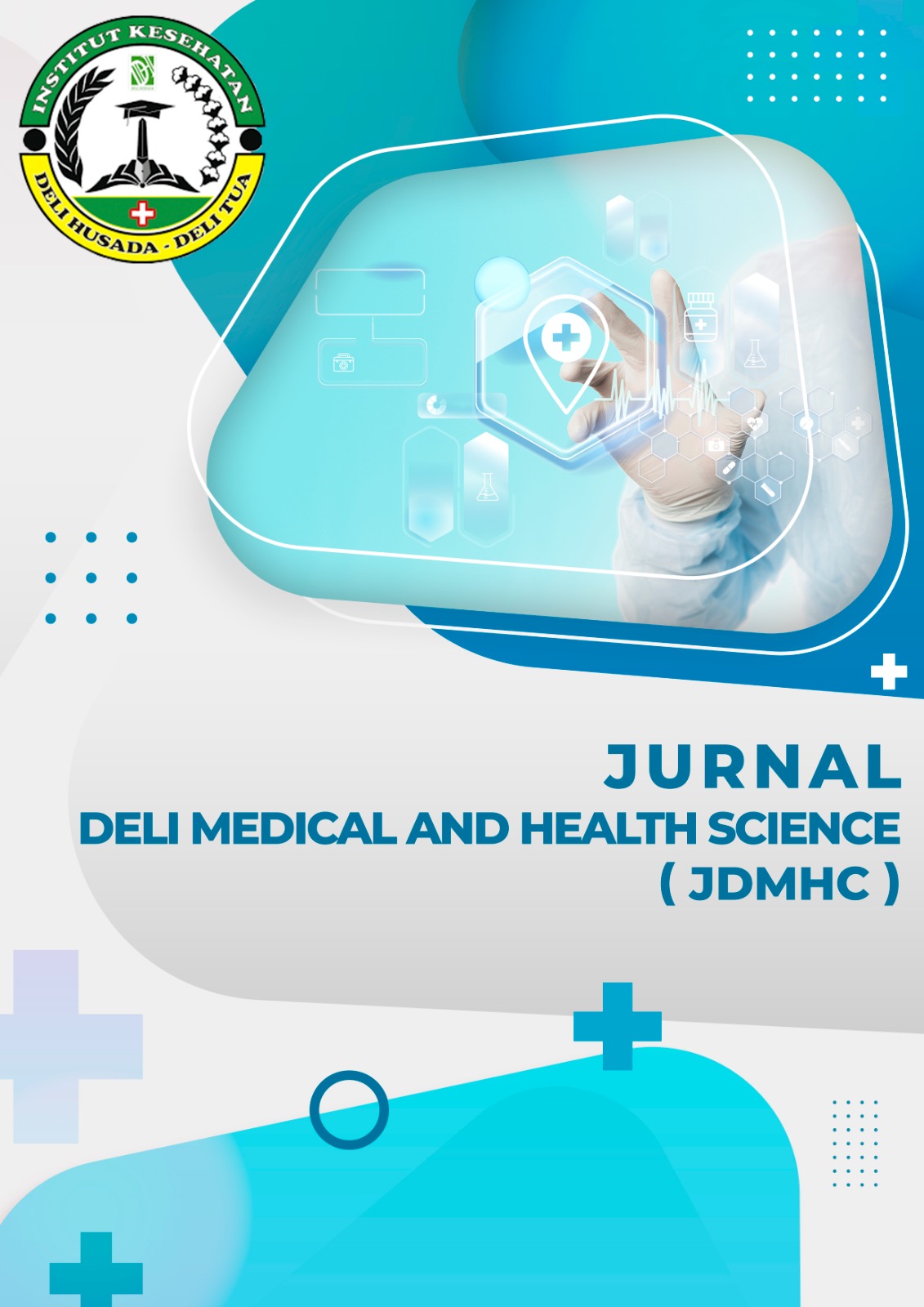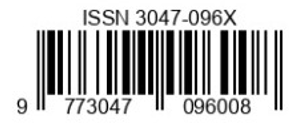PENGARUH PROSES PENGOLAHAN TERHADAP KADAR BETA KAROTEN PADA LABU KUNING (Cucurbita moschata)DENGAN METODE SPEKTROFOTOMETRI UV-VIS TAHUN 2022
Abstract
Background: Pumpkin (Cucurbita moschata) is one type of plant that is widely consumed by the people of Indonesia. In addition, pumpkin is often found in traditional markets and supermarkets. Pumpkin contains nutrients that are beneficial to the human body, including -carotene, which is a carotenoid compound. Beta carotene is a provitamin A, it is very useful as an antioxidant, boosting the immune system and treating various diseases. Beta carotene is unstable, especially at high temperatures. Objective: This study aims to determine how pumpkin processing can affect beta carotene levels with the analytical Method: methods used, namely qualitative with Thin Layer Chromatography and quantitative with UV-Vis Spectrophotometry with a wavelength of 448 nm. Result: The results of the qualitative analysis of the positive samples contained beta-carotene compounds. Quantitative results of beta carotene levels of raw yellow pumpkin 34.1849 mg/g, quantitative results of beta carotene levels of steamed pumpkin 29.5544 mg/g, and quantitative results of beta carotene levels of boiled yellow pumpkin 18.0759 mg/g. The results of the validity test obtained linearity r = 0.9997, raw pumpkin filtrate RSD 0.4686%, and steamed pumpkin filtrate 0.6158%, and boiled pumpkin filtrate 3.1446%, raw pumpkin filtrate recovery 103.19% , steamed pumpkin filtrate 101.77%, and boiled pumpkin filtrate 105.27%, LOD 2.5633 and LOQ 7.676 . The results of SPSS analysis with ONE WAY ANOVA statistics showed that p = 0.000 (p <0.05), and this indicated that there was an effect of processing on beta carotene levels on the average beta carotene levels in pumpkin. And Based on the results of the research that has been done, it can be concluded that UV-Vis Spectrophotometry can be used to determine the beta carotene content of pumpkin (Cucurbita moschata).
References
Ditjen, POM. (1979). Farmakope Indonesia. Edisi III. Jakarta:
Departemen Kesehatan RI. Halaman 33.
Jumiarni W, Komalasari O., (2017). Inventory of Medicinal Plants as Utilized by Muna Tribe in Kota Wuna Settlement. Traditional Medicine Journal Vol. 22 (1). Hal 45-46.
Muhtadi, (2008). Komponen Bioaktif Dalam Pangan Fungsional. Gizi Medik Indonesia. Hal 4-6
Rohmah, (2021). Buku Ajar Kimia Analisis. Umsida Press. Hal 1-141
Sinaga, S. 2011. Penstabilan Dalam Pembuatan Cookies Labu Kuning. Skripsi. Universitas Sumatra Utara. Medan.
Suwanto dkk., (2015). Cara Mudah Belajar SPSS & Lisrel. CV. Alfabeta : Bandung.
Winarno, F. G., (1997). Kimia Pangan Dan Gizi. Penerbit Gramedia Pustaka Utama. Jakarta. Hal 121-122.













